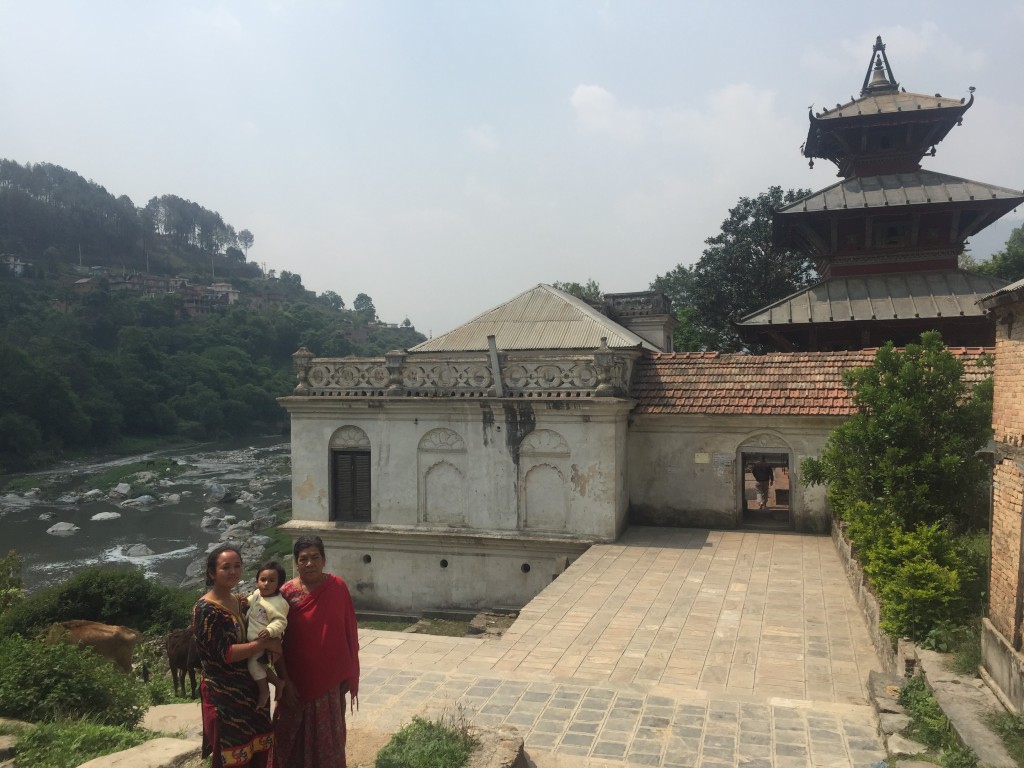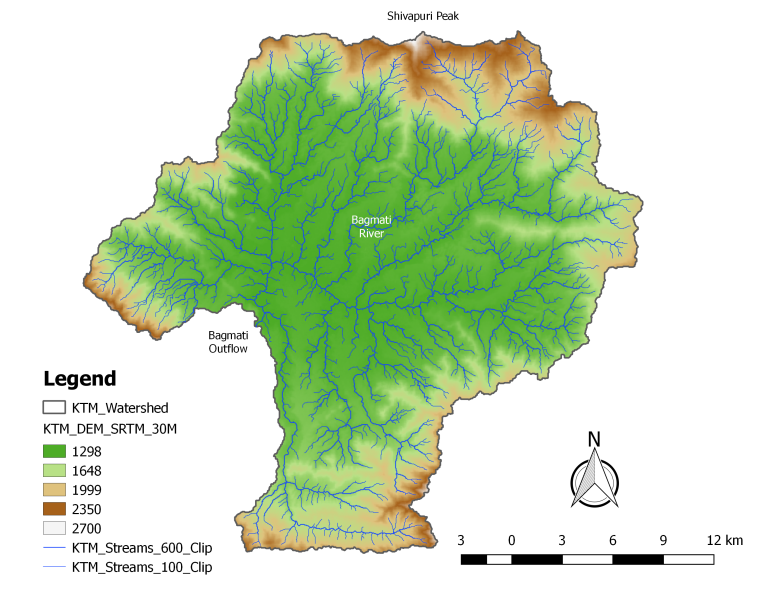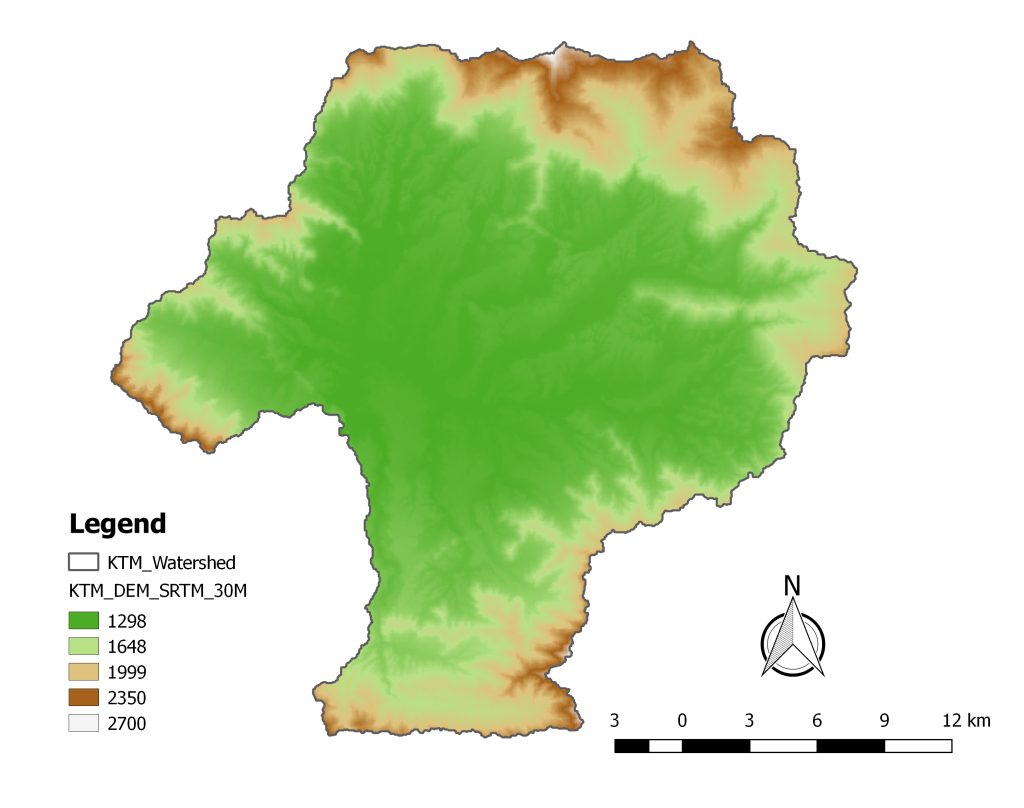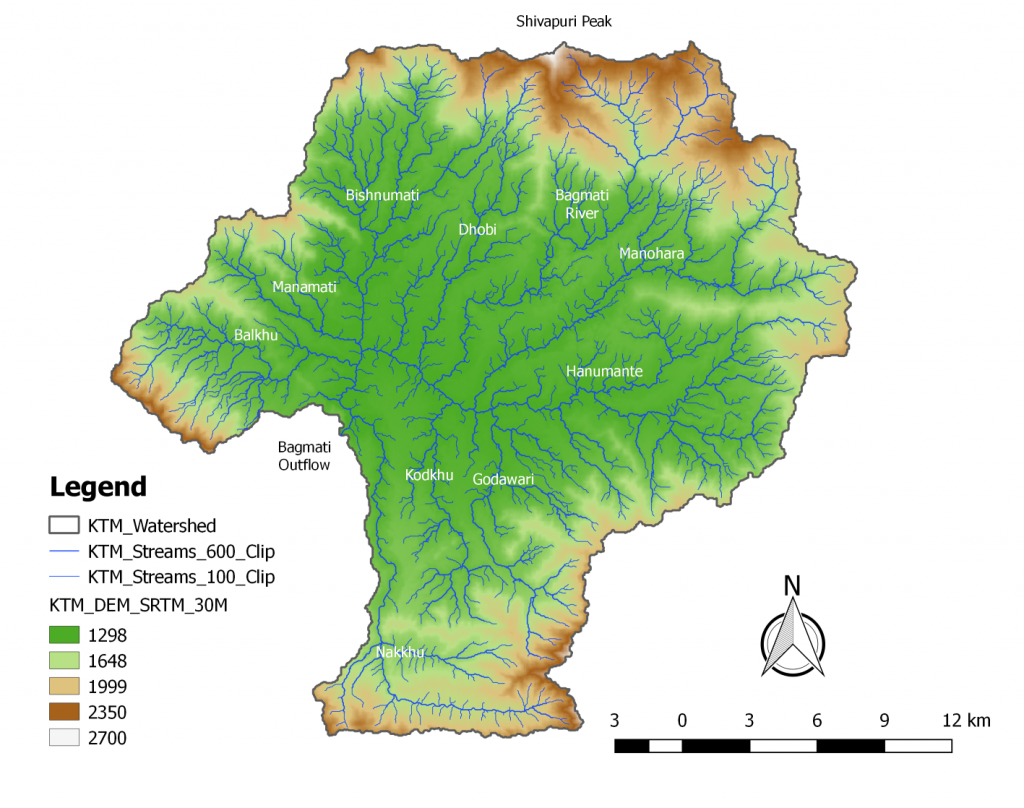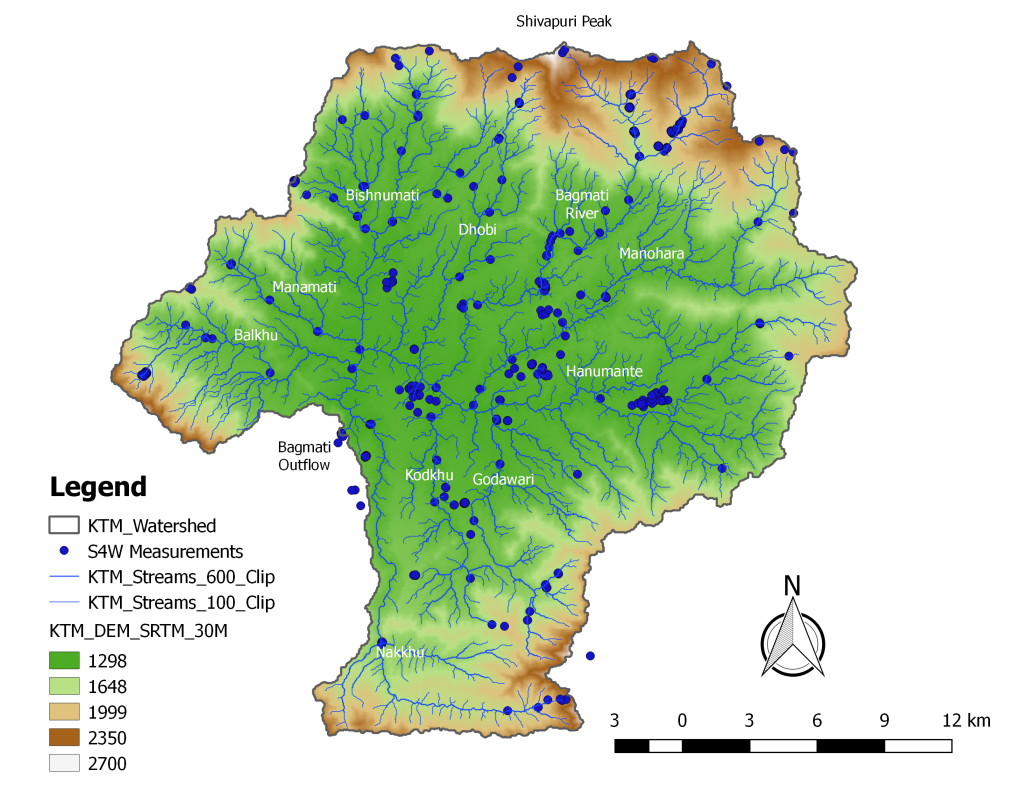Meet Sabina Shrestha
Every month we will be posting a story about the work we are currently doing in Nepal. We will be alternating between science-focused and citizen scientist-focused stories. The citizen scientist stories will be interviews with some of the wonderful citizen scientists that we are privileged to be partnering with to collect this important data. This is our first one; we hope you find it interesting and enjoy 🙂
Q: What is your name? A: My name is Sabina Shrestha.
Q: How old are you? A: I’m 25 years old.
Q: Where were you born? A: I was born in Sindupalchowk.
Interviewer’s Note: This was one of the areas greatly affected by the earthquake in 2015, especially the second main shock centered to the northeast of Kathmandu.
Q: When did you move to the Kathmandu Valley? A: I moved to the Kathmandu Valley after getting married 8 years ago.
Q: Where do you live in the Kathmandu Valley? A: I live in Chovar, in the Kathmandu District.
Interviewer’s Note: Chovar is on the south side of the Kathmandu Valley, right where the Bagmati River leaves the Valley and heads south towards the Tarai (the plains on the border with India).
Q: Can you walk us through a typical day of life? What are the activities you’re doing? A: I help to run a small store near the entrance of a Hindu Temple, and I raise two children.
Q: Can you tell us a little bit about your family (Spouse, Children, Brothers, Sisters, Cousins, etc.)? A: I have a husband named Roshan, my first son named Abusan who is 7, and another son named Asirbad who is 14 months. We live in the home that my husband’s mother (Iswari) was born in 64 years ago.
Interviewer’s Note: it is quite common for 3 or 4 generations of families to live together in one household in Nepal (and much of Asia for that matter).
Q: What is (or was) your favorite subject in school? A: Nepali!
Q: Can you tell us about a favorite memory of yours? A: My favorite memories are of my two sons being born.
Q: How did you hear about the S4W-Nepal project? A: The S4W-Nepal team was looking for a place to store some extra equipment while they were taking measurements in the Bagmati River a few months ago. We let them keep the equipment in our courtyard, and we have been friends since then.
Q: What has been your experience as a citizen scientist with S4W so far? A: It has been fun to learn about something new!
Sabina is playing a critical role in S4W-Nepal as a citizen scientist. Each day, Sabina uses an Android application called Open Data Kit (which you’ll have the opportunity to learn more about next month if you keep checking back!) to record rainfall collected by an inexpensive locally made rain gauge (each costs about $1.50 to construct) and the water level in the Bagmati River just below her house. Sabina is motivated to participate in the project because she feels a sense of responsibility to care for the river, and because each observation she makes earns her an extra 25 rupees (roughly $0.25).
S4W-Nepal is a collaboration between S4W, Himalayan Bio-Diversity and Climate Change Center (HimBioCliCC), Kathmandu Institute of Applied Sciences (KIAS), Delft University of Technology, the Swedish International Development Agency, and Stockholm University. Water is our most precious resource. Lord Kelvin, a famous Scottish mathematician, once said, “you can’t manage a resource you don’t measure.” S4W-Nepal’s goal is to generate the data necessary to support wise water management decisions. S4W aims to accomplish this with a three pronged approach of Research, Education, and Employment. This project in the Kathmandu Valley is our first project.
